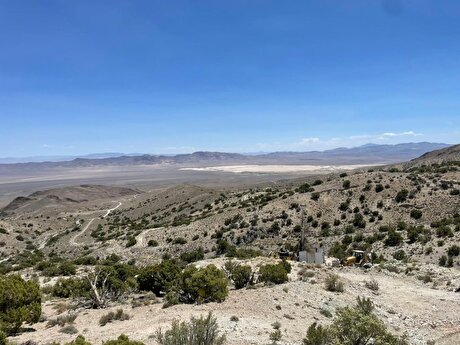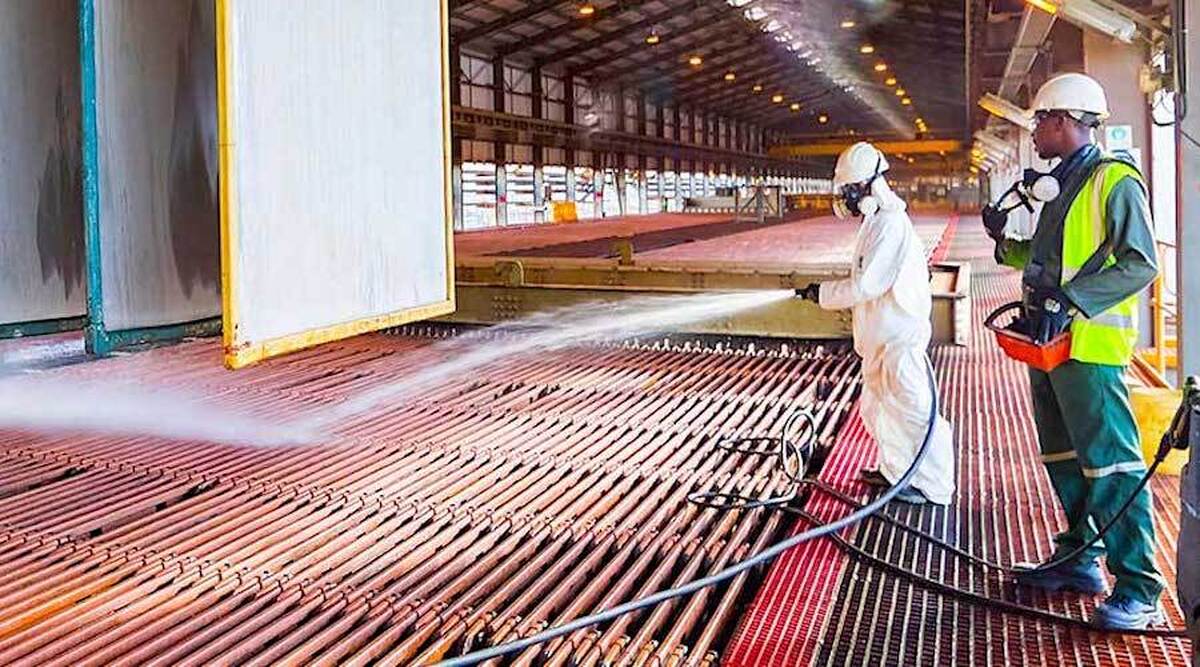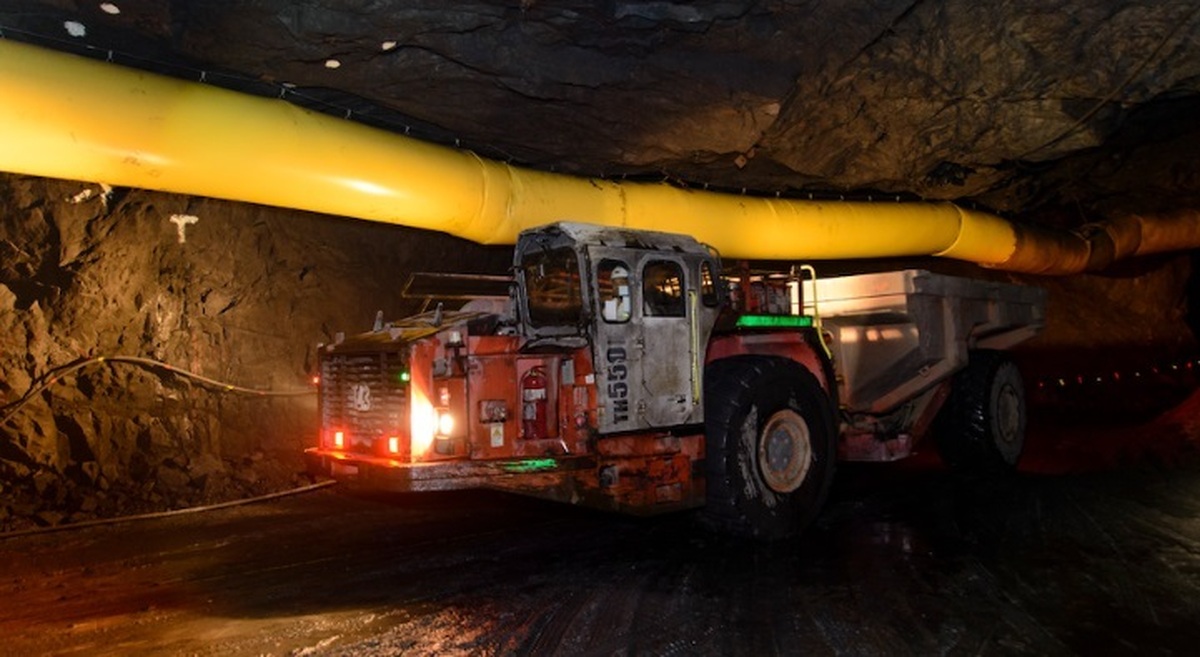
Viewpoint: Falling cobalt prices belie positive outlook
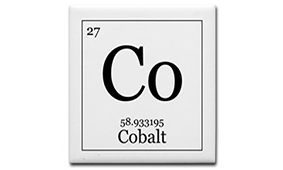
European cobalt prices began 2019 at $27-30/lb for chemical-grade metal and $26-29/lb for alloy-grade product, having fallen from record highs of over $40/lb in April-June 2018. They continued to fall on weak demand and oversupply until April, when prices bottomed at around $12-13/lb before bouncing back. Since then, prices have fluctuated in a range of $13-18/lb.
The most recent fall is because of low chemical demand in China and destocking towards the end of last year. There is additional pressure on the market because of continuing long-term contract negotiations. Prices are now at $15.75-16.30/lb for chemical-grade metal and $16.30-16.80/lb for alloy-grade metal.
This has not discouraged traders from purchasing material to build positions. Traders who do not commonly engage with cobalt have bought into the market, expecting price rises in the first quarter of 2020.
Supply to tighten
Fundamentally, the outlook for cobalt in 2020 is strong.
Cobalt supply is dominated by a few large producers. The biggest of these, Switzerland-based Glencore, had excess stocks throughout 2019 and the global market was in surplus for most of the year. But this is changing.
Glencore has closed its largest copper-cobalt mine in the Democratic Republic of Congo (DRC), Mutanda — which was the largest source of mined cobalt in the world. The company has revised its output of cobalt down to 25,000-33,000t in 2020 from 43,000-47,000t in 2019.
Most cobalt at Glencore will now be produced at the Katanga mine in the DRC. Katanga output was supposed to be higher at this point in its life cycle, but ramp-ups were delayed because of impurities in its production. The mine is not expected to be fully operational until 2021.
Glencore has also signed several large supply agreements this year. It signed a long-term agreement in May with Belgian battery chemical manufacturer Umicore for cobalt hydroxide. In October, it extended an agreement with China's GEM for cobalt hydroxide. Glencore will supply the Chinese recycler with 61,200t of hydroxide in 2020-24.
Glencore signed its most recent deal in November, with South Korean battery producer SK Innovation for supply of 30,000t in 2020-25. There are other large volume contracts, but the details have not been made public.
With a large portion of Glencore's available stock tied up in contracts, questions over the availability of spot supply linger, with no easy answer.
Capacity growth slows as demand rises
The world's second-largest mine, China Molybdenum's Tenke site in the DRC, has no plans to increase production.
Luxembourg-based Eurasian Resources Group's new Metalkol RTR project in the DRC could potentially fill the hole left by Mutanda. It was expected to produce around 8,000t in 2019 and ramp up to around 14,000t in 2020, but Metalkol has hit significant delays.
Problems with impurities in output and falling prices have hindered Metalkol's ramp up in operations.
This comes as spot demand from Chinese companies in January-February is increasing compared with last year, large producers have said. Investments in electric vehicle (EV) infrastructure will continue to support demand for cobalt throughout 2020. US EV maker Tesla opened its third Gigafactory in Shanghai in early December.
With the world's largest mine out of operation, Glencore supply sold forward and no producer able to fill the gap, early 2020 could see a rebound of cobalt hydroxide prices, with metal prices to follow.
By Thomas Kavanagh


Gold price eases after Trump downplays clash with Fed chair Powell

Copper price hits new record as tariff deadline looms

Brazil producers look to halt pig iron output as US tariff threat crimps demand

Three workers rescued after 60 hours trapped in Canada mine

Gold price could hit $4,000 by year-end, says Fidelity

US targets mine waste to boost local critical minerals supply

Energy Fuels surges to 3-year high as it begins heavy rare earth production

Glencore workers brace for layoffs on looming Mount Isa shutdown

Chile’s 2025 vote puts mining sector’s future on the line

Kinross divests entire 12% stake in Yukon-focused White Gold

Gold price could hit $4,000 by year-end, says Fidelity

Southern Copper expects turmoil from US-China trade war to hit copper

Ramaco Resources secures five year permit for Brook rare earth mine in Wyoming

Column: EU’s pledge for $250 billion of US energy imports is delusional

Finland reclaims mining crown as Canada loses ground

Gold price down 1% on strong US economic data
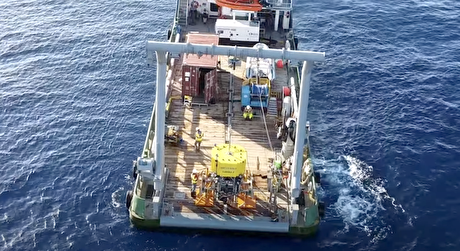
Trump’s deep-sea mining push defies treaties, stirs alarm

Chile’s 2025 vote puts mining sector’s future on the line

Gold price retreats to near 3-week low on US-EU trade deal

Gold price could hit $4,000 by year-end, says Fidelity

Southern Copper expects turmoil from US-China trade war to hit copper

Ramaco Resources secures five year permit for Brook rare earth mine in Wyoming

Column: EU’s pledge for $250 billion of US energy imports is delusional

Gold price down 1% on strong US economic data

Trump’s deep-sea mining push defies treaties, stirs alarm

Chile’s 2025 vote puts mining sector’s future on the line

Gold price retreats to near 3-week low on US-EU trade deal
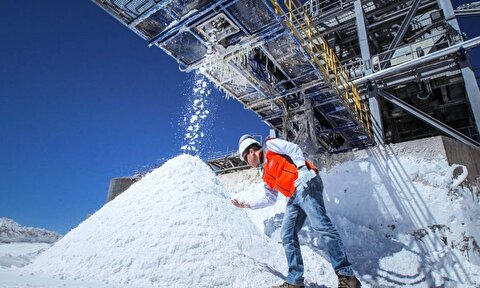
China’s lithium markets gripped by possible supply disruptions
